
Chapter 8 PostGupta Period I (600AD 750AD) Civilsdaily
It is one of the three earliest urban civilizations and made use of an early form of the Indus script, known as Harappan script, for writing purposes. Around 2800 BC, the Kot Diji phase of the Indus Valley Civilization started. Mature Harappan Phase (2600 BC to 1700 BC) The Mature Harappan Phase started around 2600 BC.

(Photo Courtesy World History Maps ) World history map, India map, Map
India Timeline Search Results c. 60000 BCE - 32768 BCE Human habitation of India . c. 7000 BCE Evidence of religious practices in the Indus Valley . c. 7000 BCE - c. 600 BCE The Indus Valley (or Harappan) Civilization . 5500 BCE Cotton cultivation begins in India . c. 4000 BCE Indian village of Balathal inhabited. c. 4000 BCE
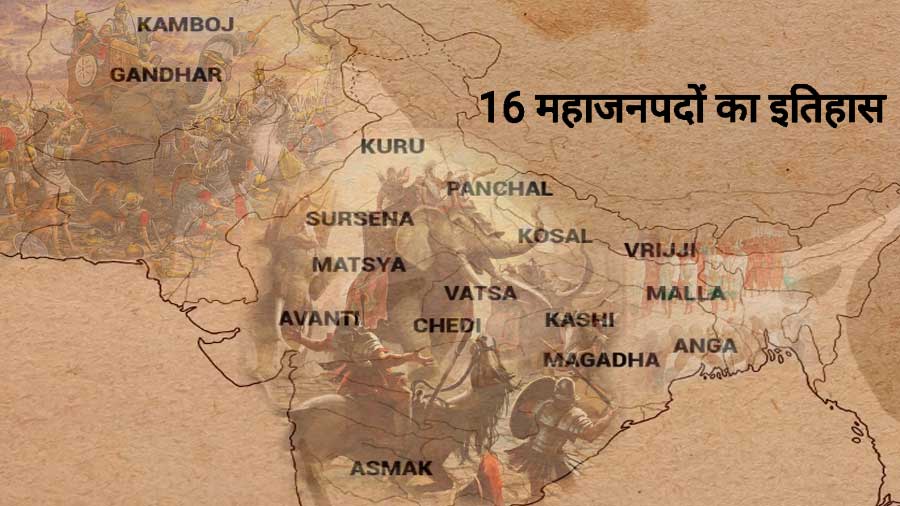
16 Mahajanapadas of Ancient India History, Location and Capitals SamanyaGyan
This is a timeline of Indian history, comprising important legal and territorial changes and political events in India and its predecessor states. To read about the background to these events, see History of India. See also the list of governors-general of India, list of prime ministers of India and Years in India . Pre-historic India

Towards Second Urbanization The Age of Mahajanapadas (600 BC 300 BC) P R A T E E K S H A A
The Republics of Ancient India (600 B.C.-400 A.D.) Article shared by: In the sixth century B.C., we find a large number of states in northern India and many of these were not ruled by kings but formed petty republics or oligarchies.
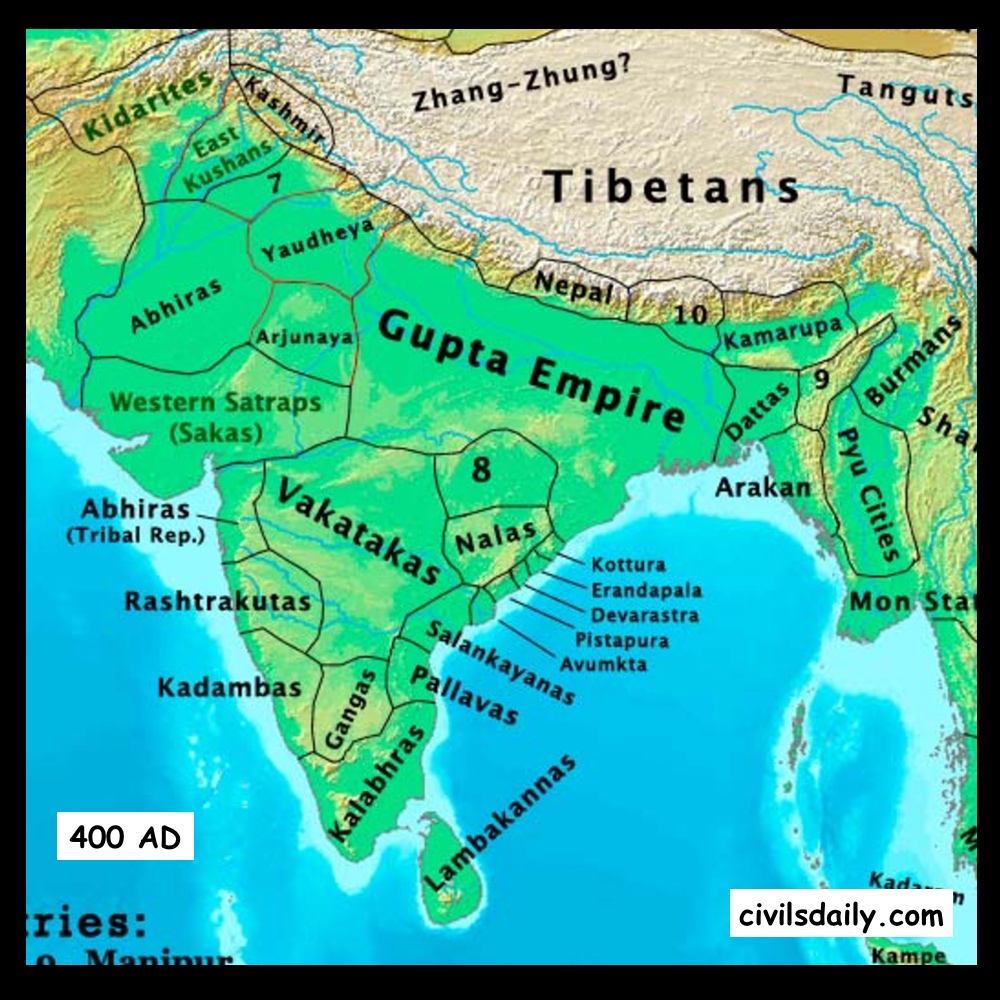
Chapter 7 Gupta Period (300AD 600AD) Civilsdaily
The Vatsa state emerged from Kaushambi. The Cedi state (in Bundelkhand) lay on a major route to the Deccan. South of the Vindhyas, on the Godavari River, Ashvaka continued to thrive. The mid-Ganges valley was dominated by Kashi and Koshala.
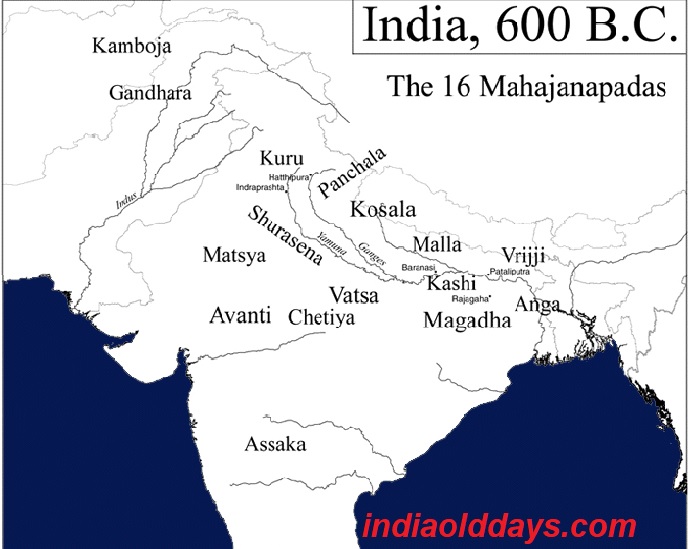
16th Mahajanapad period 600 BC Of India India Old Days
History of South Asia Outline National histories Regional histories Specialised histories v t e Indus Valley Civilisation, mature phase (2600-1900 BCE) Anatomically modern humans first arrived on the Indian subcontinent between 73,000 and 55,000 years ago. [1] The earliest known human remains in South Asia date to 30,000 years ago.

The history of Indian map from 600 BC to the 20th century. भारत का प्रथम मानचित्र कैसे बनाया गया
The history of India (600 - 187 BC) INDIA'S EARLIEST COINAGE History of India (600 BC - 187 BC) B y the seventh century B.C., Indian settlements extended in a long uneven strip of Panjab to Bihar with a heterogeneous type of population but with enough of a common language and tradition.
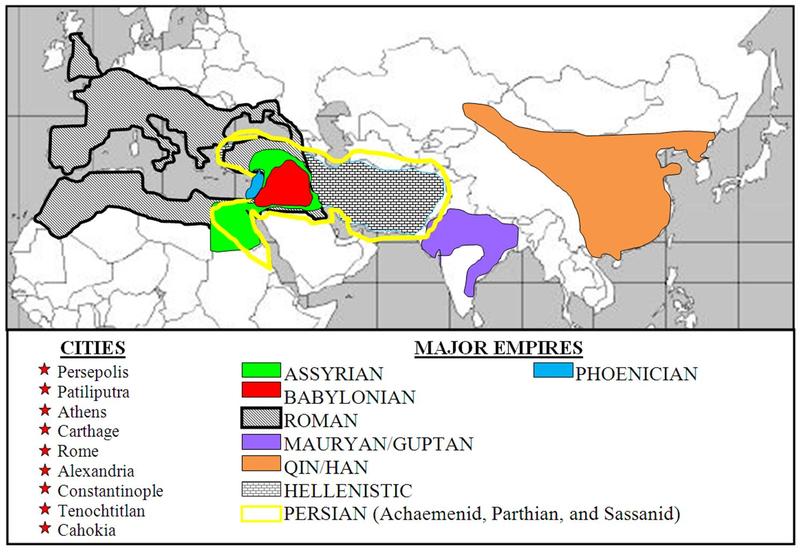
Classical 600 BCE600 CE Noor Khan's History Class
India is a country in South Asia whose name comes from the Indus River. The name 'Bharata' is used as a designation for the country in their constitution referencing the ancient mythological emperor, Bharata, whose story is told, in part, in the Indian epic Mahabharata.. According to the writings known as the Puranas (religious/historical texts written down in the 5th century CE), Bharata.

Ancient India SHIMA + LIBBY
Below we give one or two details of Apastamba's Sulbasutra. This work is an expanded version of that of Baudhayana. Apastamba's work consisted of six chapters while the earlier work by Baudhayana contained only three. The general linear equation was solved in the Apastamba's Sulbasutra. He also gives a remarkably accurate value for √2 namely.

Mahajanapadas Eshucation Digital Library and Store
600 BC: the Upanishads are composed in Sanskrit 543 BC: Bimbisara of Bihar conquers the Magadha region in the northeast and moves the capital to Rajagriha 543 BC: Chalukya's king Pulakeshin founds a dynasty in Karnataka with capital at Badami/Vatapi 527 BC: prince Siddhartha Gautama is enlightened and becomes the Buddha

India Historical Maps
516 BC Darius Invades Indus Valley- In 516 B.C., Darius invaded India capturing the Indus Valley. He annexed it to the Persian Empire. His hold on the region was tenuous and lasted less then ten years. 509 BC The Roman Republic Founded- 509 BC is the year that has traditionally been given as the founding of the Roman Republic. Junius Brutus and.

Ancient Maps India Timeline Ramayana Mahabharata History Of India, World History, Art History
India Subcontinent Back to 600 BC - 200 BC West Asia Map . Various kingdoms existed in the Indian Subcontinent since ancient times. Yet not until 321 BC did the Maurya Empire unite much of India. This civilization lasted until 185 BC, where it fell to other civilizations in the Subcontinent, such as the Sunga Empire, who retained most of the.

Map of India, 600 BCE (Illustration) World History Encyclopedia
(1500-600 BC) - Black and Red ware culture (1300-1000 BC) - Painted Grey Ware culture (1200-600 BC) - Northern Black Polished Ware (700-200 BC). Seleucid India (312-303 BC) Sangam period (c. 600 BC - c. 300 AD) Pandya Empire (c. 300 BC - AD 1345) Chera Kingdom (c. 300 BC - AD 1102) Chola Empire
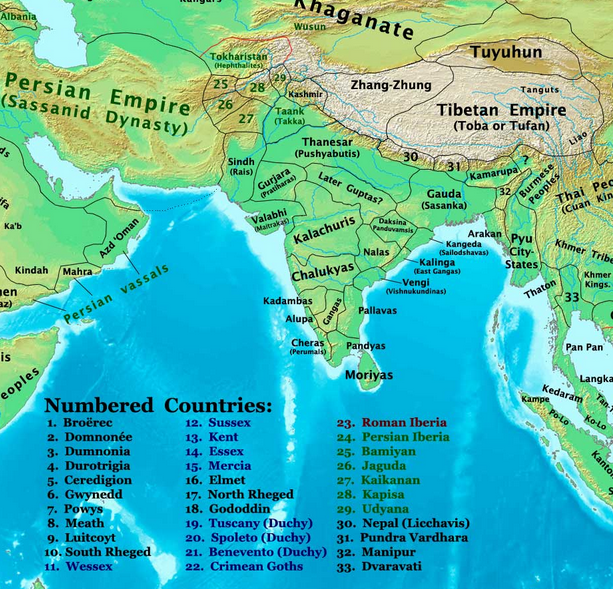
Map Of The Gupta Empire unicfirstart
Epic Age: (1000 BC - 600 BC): The period saw the compilation of the Vedas,. Economic History of India: Between 2800 BC and 1800 BC, Indus Valley Civilization prospered economically. How people.

NOTE BOOKS INDIA Magadha Kingdom 600 BCAD 600
World history 6 units · 92 skills. Unit 1 Beginnings - 600 BCE. Unit 2 600 BCE - 600 CE Second-Wave Civilizations. Unit 3 600 - 1450 Regional and interregional interactions. Unit 4 1450 - 1750 Renaissance and Reformation. Unit 5 1750 -1900 Enlightenment and Revolution. Unit 6 The 20th century.

Sixteen Mahajanapada Indian history facts, Indian history, Ancient indian history
The changing map of India from 1 AD to the 20th century. Battles were fought, territories were drawn and re-drawn. An amateur historian has caught these shifts in a series of maps. India's.